A particular strength of our holdings is collections relating to refugees; in this blog post we will focus on our twentieth century material. The bulk of our material concerns Jewish refugees from the Second World War period. However, there is also material from the turn of the century relative to individuals fleeing Eastern Europe plus more recent collections which sheds light on Spanish children evacuated during the civil war.
Documents created by the Board of Guardians for the Relief of the Jewish Poor relate to the immigration of Jews from Russian and Eastern Europe in the late nineteenth and early twentieth centuries.

This material is now part of the Jewish Care collection. A significant portion of the minute books concern emigration and the administration of relief. The Russo-Jewish and Jewish Board of Guardians conjoint committee was formed in 1891, on the exhaustion of the Mansion House Fund for the victims of Russian persecution, that had been established approximately ten years earlier. The collection contains five editions of the periodical Darkest Russia: a record of persecution from 1891 plus press cuttings about Jewry in Russia for 1904-9.
A related collection, the papers of Carl Stettauer, give details of pogroms against Jewish communities in Russia during this period.
The collections of archives relating to Jewish refugees in the 1930s and 1940s vary considerably in size and scope, from simply one file to hundreds of boxes. Examples of smaller collections include minute books of the Board of Management of the Christian Council of Refugees from Germany, 1940-51.

The Council of Refugees was part of the Council of Christians and Jews (CCJ). This was founded in 1942 to combat religious and racial intolerance and to promote mutual understanding and good-will between Christians and Jews, especially in connection with the conditions created by the war.
Another collection of interest is the papers of Diana Silberstein, a native of Sarajevo (formerly part of Yugoslavia and now Bosnia and Herzegovina), who came to Britain as a refugee via Germany. Her papers include official documents and correspondence dating from 1936-46.
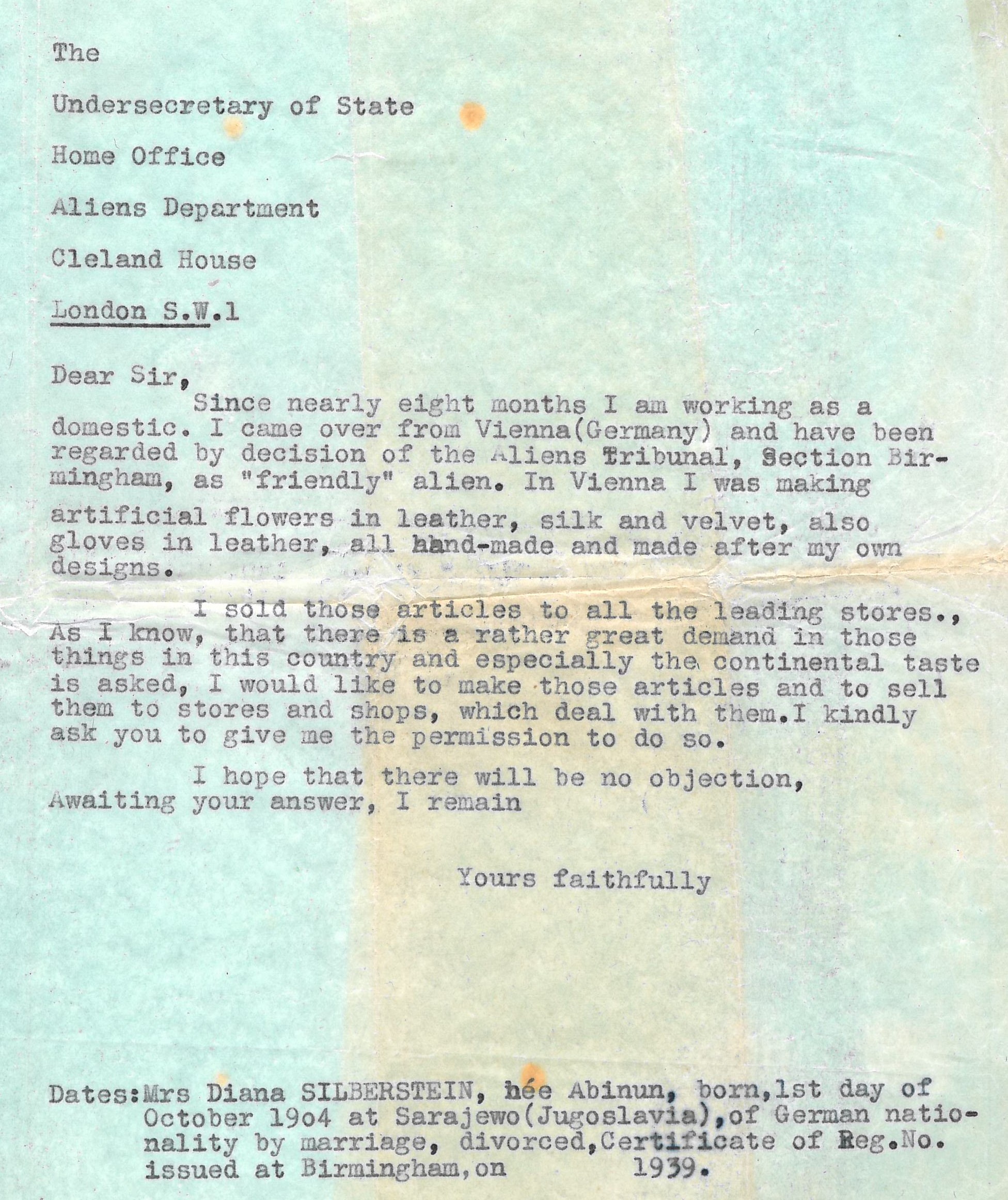
We have a personal account in the form of the typescript autobiography of Dr D.Fuerst, a refugee dentist from Nazi Austria. The following account gives some details of his reception in the UK:
The Refugee Committee in Bloomsbury House and later in Woburn House was a blessing to us. The mostly voluntary worker did an admirable job and no praise is high enough to appreciate the patient and sympathetic way in which they managed to deal with us. We were not easy customers. The variety of our problems were incredible and all of them were urgent and very important. The first person who found her feet was our daughter Lilian. I had to take her the day after we arrived to the nearest primary school in Salisbury Road, Kilburn. She was very happy there and made some friends. At the end of the school year in June she was at the top of the class. Her teacher talked to us about scholarships in the future but we could not make it out what she meant until some years later. (She is a University professor and author of several books).
[MS 116/68]
Cissi Z.Rosenfelder was honorary secretary of the Golders Green Beth Hamedrash Refugee Aid Committee in 1938 and 1939. Her papers include lists of children from Germany and correspondence with refugee committees.
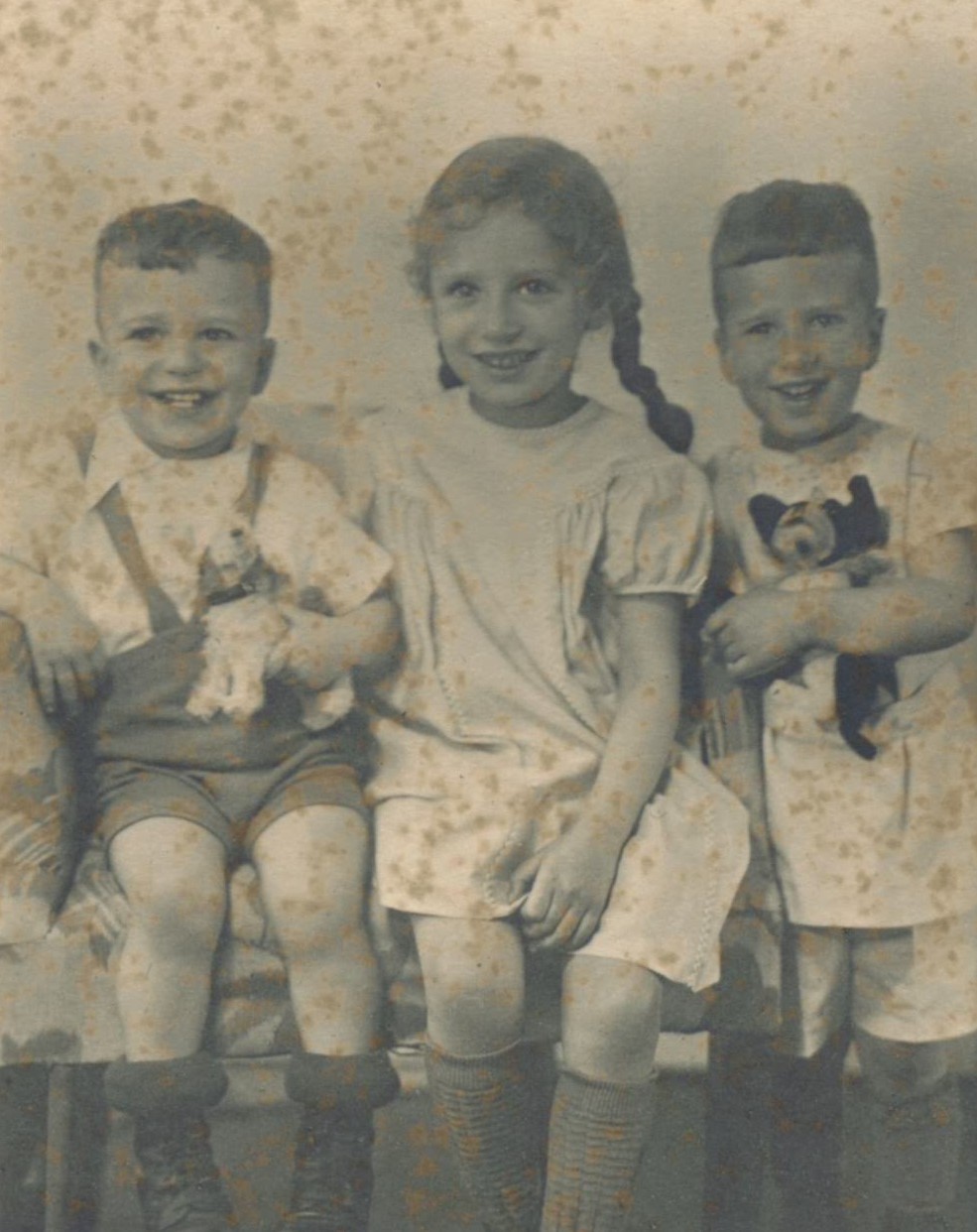
This photograph was enclosed with a letter from Frederich Israel, a Jewish doctor living in Germany, dated August 1939, asking for help in placing his children in a liberal Jewish or Christian home in the UK to enable him to prepare for emigration to the U.S.A. He explained how it was necessary for his family to move from Germany as he was now only permitted to treat a part of the Jewish population which was not sufficient to get even a moderate income.
Cecil and Joan Stott, of Letchmore Heath, Hertfordshire, assisted Jewish refugees during the Second World War, including Sigmund Adler (brother of the psychologist, Alfred Adler) and his sons, Kurt and Ernst, from Vienna.
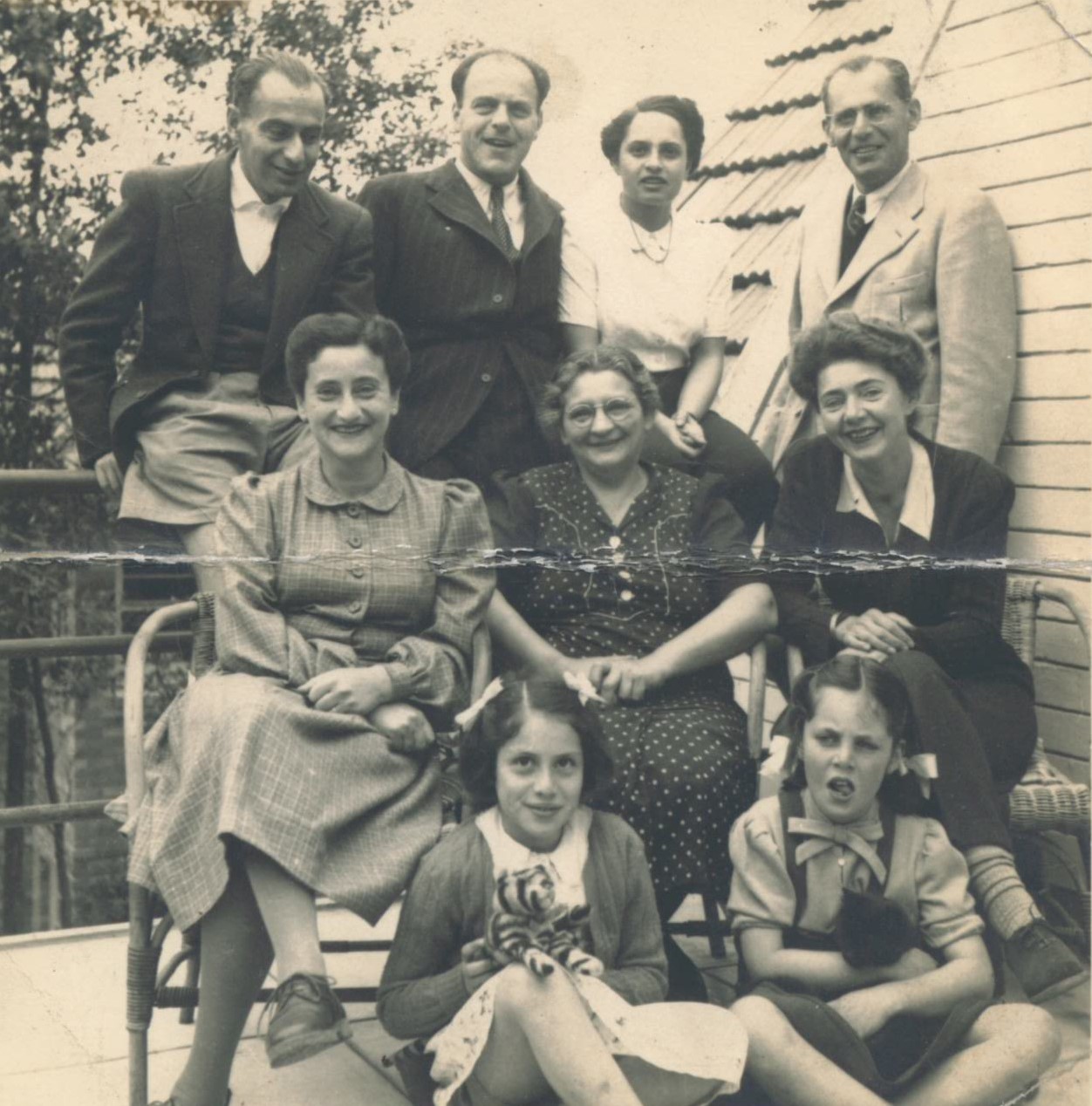
Their papers include correspondence with the German Jewish Aid Committee and the Germany Emergency Committee as well as letters about and with the Adler family and about other refugees.
Larger collections held by the Archives and Manuscripts include the papers of the Polish Jewish Refugee Fund. This archive is composed of case files relating to several hundred individuals and provides details of individual’s name, place of birth, family, address in Great Britain, date of arrival in the Great Britain and their place of origin, education and qualifications.
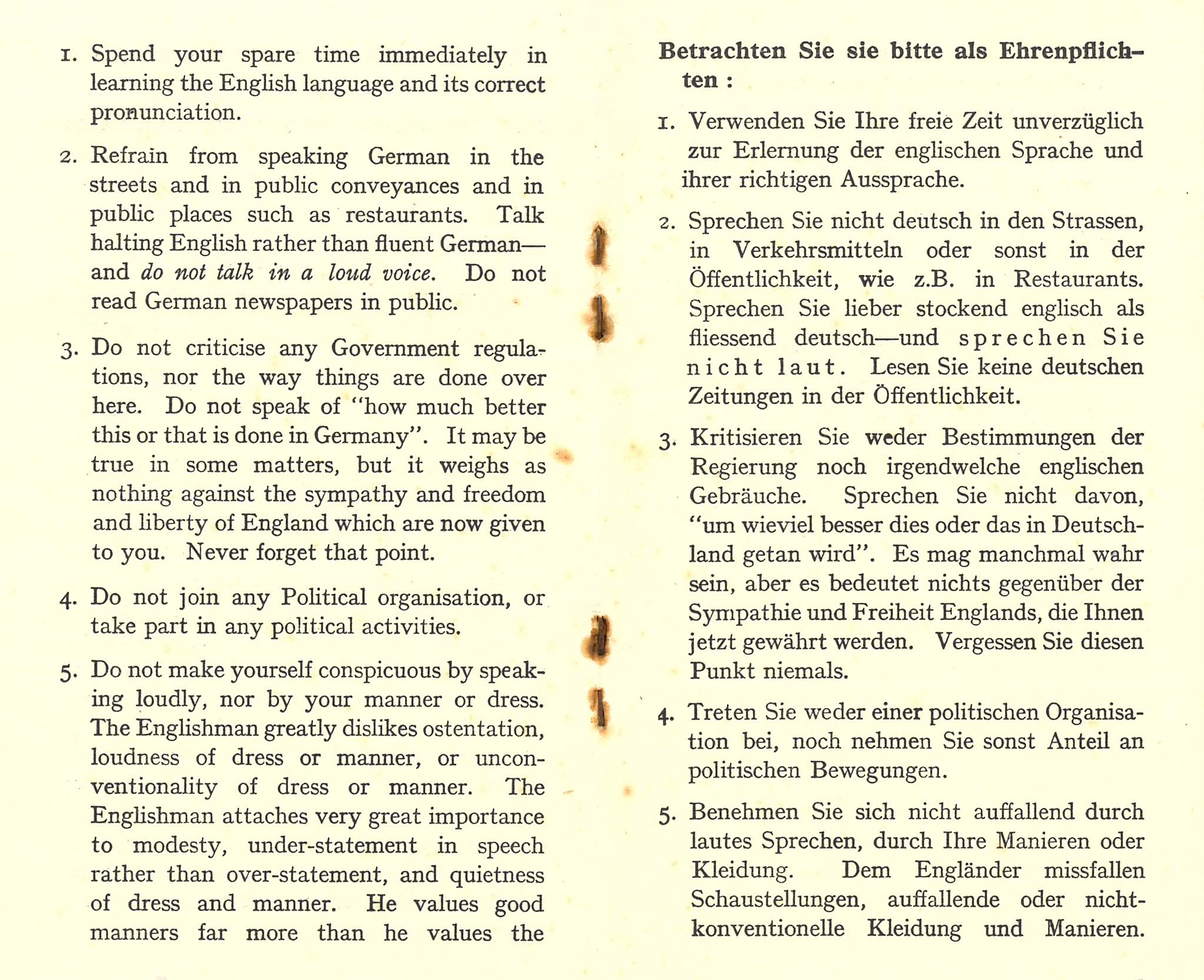
The Chief Rabbi’s Religious Emergency Council was an organisation of the Orthodox Jewish community. The archive contains a great deal on the administration and organisation of its work in the field of both the rescue and support of refugees, particularly child refugees, 1938-49. Amongst the papers are numerous lists of refugees (from Central and Eastern Europe) compiled by the Council, working closely with other relief organisations. These include not just lists of refugees present in Central and Eastern Europe, but of those brought over to Great Britain by the Council, of those given accommodation and assistance by the Council, and of those given assistance to emigrate from Great Britain by the Council. These often quite detailed lists contain much more information besides the names of individuals, such as their date and place of birth, their address, family details and, in some cases, their occupation.

For refugees brought over to Great Britain by the Council, further information can be found in the form of photographs, biographical profiles, correspondence and refugee fund assistance cards. Landing cards and identity cards complement the block passport and other mass travel documents which exist for child refugees who travelled with the Council. After the arrival of refugees in Great Britain, there are further Council papers relating to their support, such as refugee fund assistance cards or a file of registration forms for the North London Refugee Home, 1938-40. Finally, there are lists, forms, photographs and travel documents relating to those who emigrated from Great Britain.
The Archives and Manuscripts also holds audio-visual material relative to refugees and Holocaust survivors. The Fortunoff Video Collection is a small collection of filmed testimonials of Holocaust survivors from the collection at Yale University.
Refugee Voices is an electronic resource consisting of a collection of 150 filmed interviews with Jewish refugees and Holocaust survivors who made their home in Great Britain. The refugees describe their experiences prior to coming to this country and the ways in which they adapted to life in Britain. It was created by the Association of Jewish Refugees.

The Archives has more recently acquired collections relating to the Basque evacuee children from the Spanish Civil War including oral testimonials and interviews of Los Niños. You can learn more about these collections in last week’s blog by Dr Edward Packard.
A second more recent acquisition are transcripts of interviews conducted by Tony Kusher and Katherine Knox in the mid-1990s with refugees from Chile, Czechoslovakie, Hungary, Poland, Spain, Uganda and Vietman. [MS 401]
We feel privileged to house these collections in our strongrooms. The stories they tell – while sometimes difficult – are important to preserve and make available for future generations.

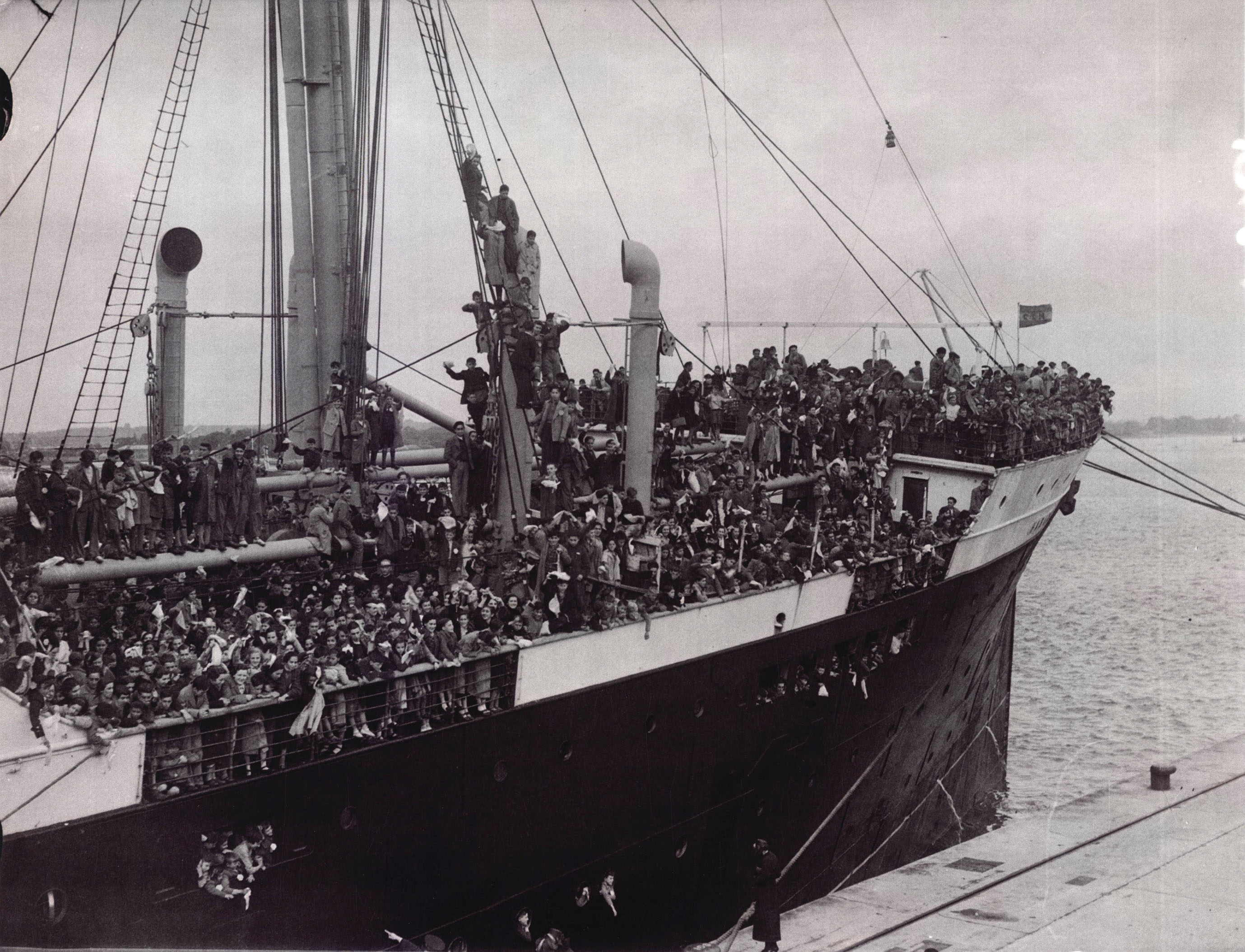
![North Stoneham Camp [MS404/A4164/2/24]](https://specialcollectionsuniversityofsouthampton.files.wordpress.com/2019/07/ms404_a4164_2_24_stonehamcamp.jpg)
![BCA’37: The Association for the UK Basque Children 70 Years Commemoration Event Programme [MS404/A4164/1/2]](https://specialcollectionsuniversityofsouthampton.files.wordpress.com/2019/07/ms404_a4164_1_2_bca3770yearscommemorationprog.jpg?w=715)
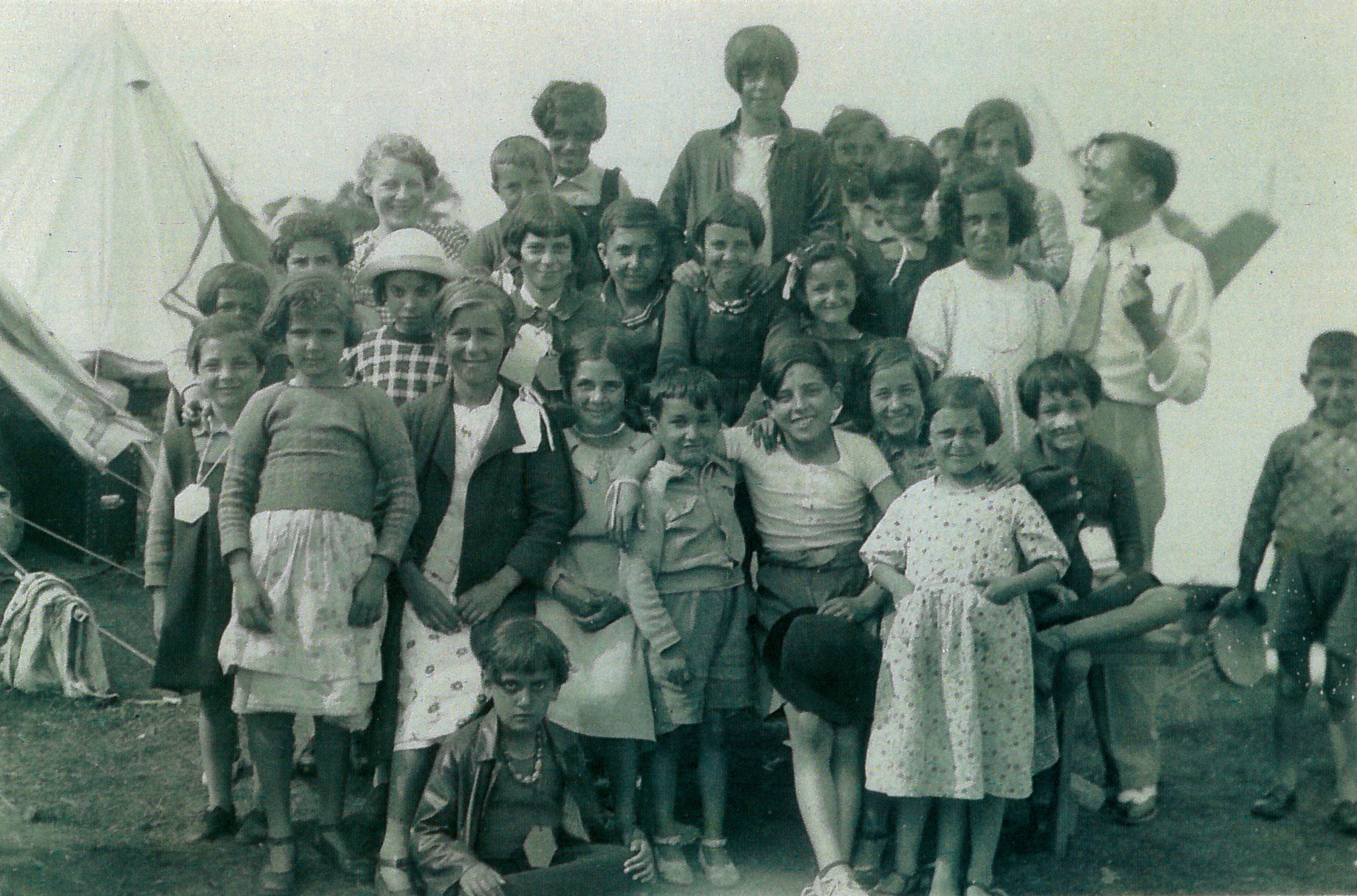
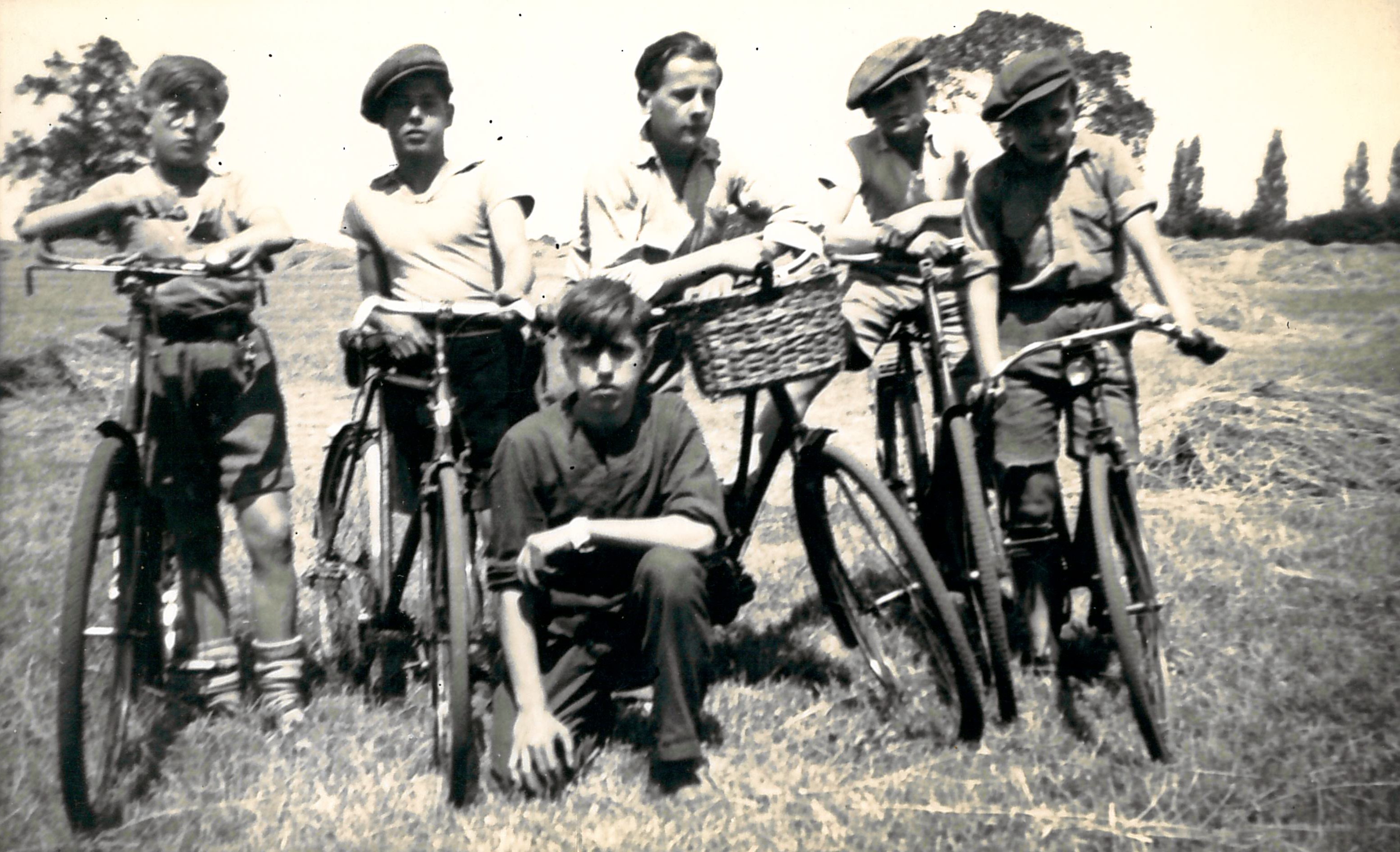
![Souvenir programme for an 'All Spanish Concert by the Spanish Refugee Children from Wherstead Park, and West-End Spanish Artistes’ held at Ipswich in December 1937 [MS 370/8 A4110/1]](https://specialcollectionsuniversityofsouthampton.files.wordpress.com/2019/07/ms370_8_a4110__1_quartetoofspanishchildren_ipswich-3.jpg?w=500)
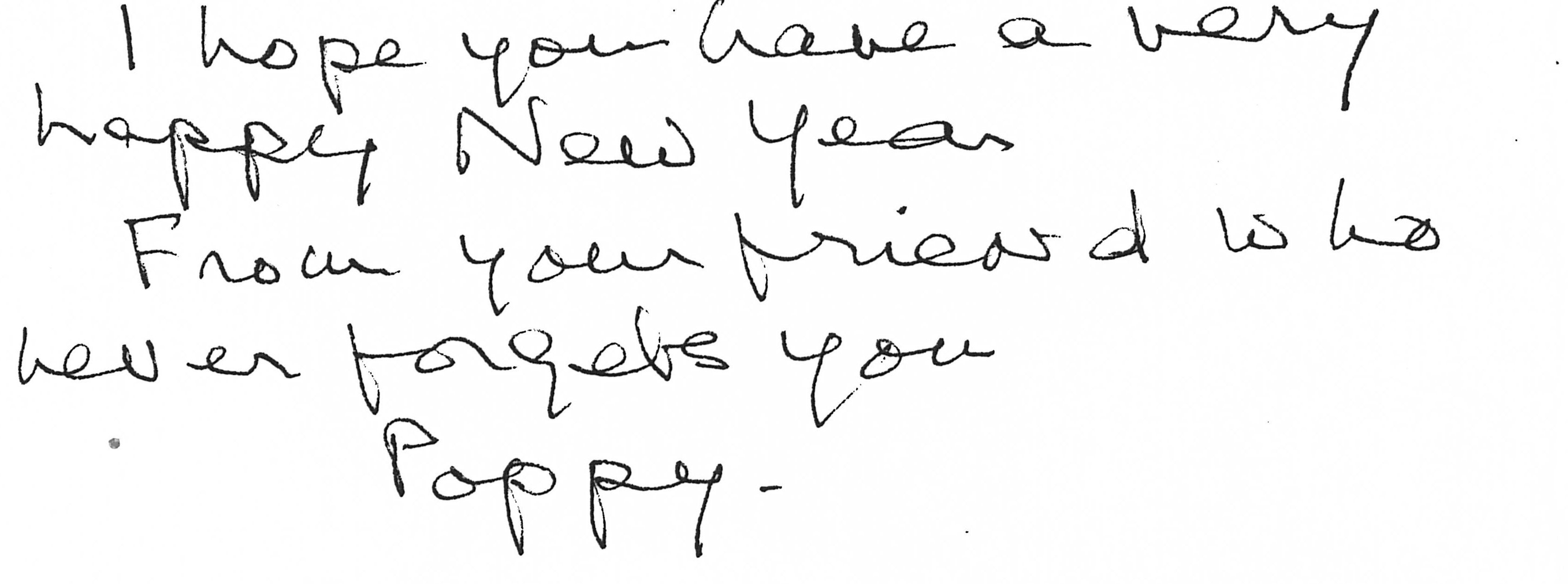
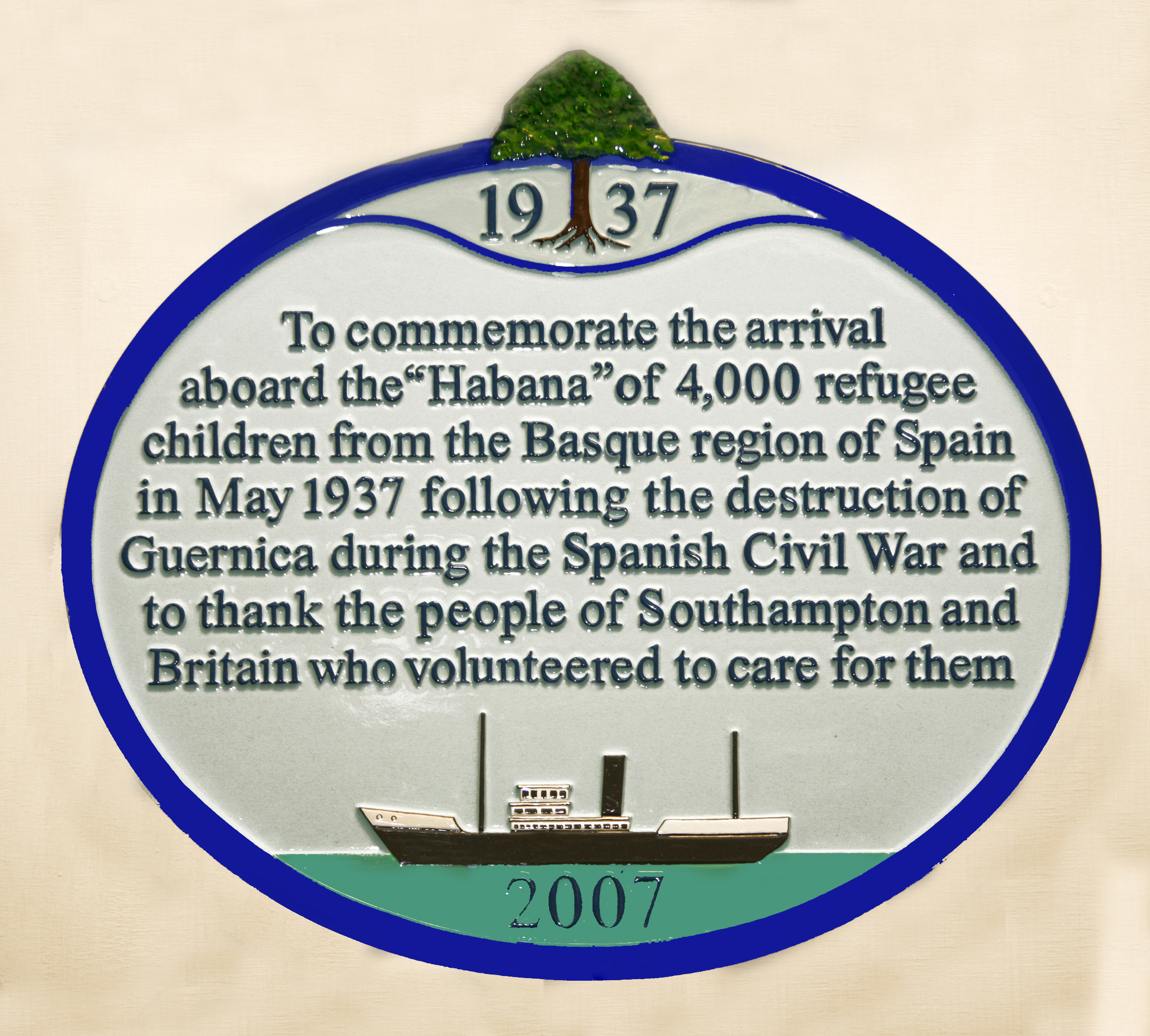












![Men's football team, 1953-4 [photo_MS1_7_291_22_4] Men's football team, 1953-4 [photo_MS1_7_291_22_4]](https://live.staticflickr.com/65535/50089268168_f26eed63ef_s.jpg)
![Women's rowing team, 1961-2 [MS1_7_291_22_4] Women's rowing team, 1961-2 [MS1_7_291_22_4]](https://live.staticflickr.com/65535/50090079577_3b7acbde42_s.jpg)
![Men's rugby team, 1953-4 [MS1_7_291_22_4] Men's rugby team, 1953-4 [MS1_7_291_22_4]](https://live.staticflickr.com/65535/50089268523_4f2c587220_s.jpg)
![Women's hockey team, 1953-4 [MS1_7_291_22_4] Women's hockey team, 1953-4 [MS1_7_291_22_4]](https://live.staticflickr.com/65535/50090079692_28114e9c7d_s.jpg)